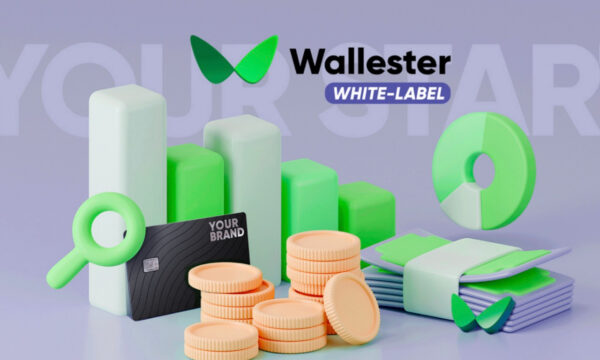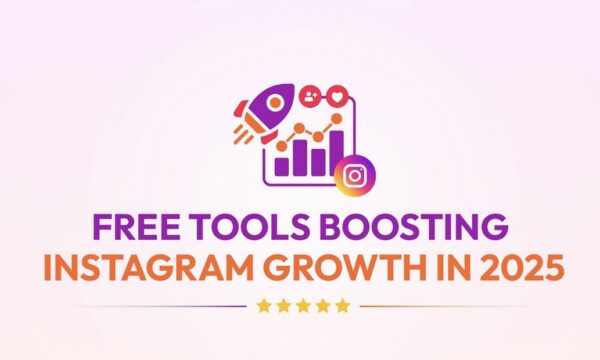Spotify and QR Codes: Reshaping playlist sharing

In today’s digitally driven music industry, artists and promoters are constantly on the lookout for innovative ways to share their sound with a broader audience. The ability to create QR code for Spotify playlist has emerged as an essential tool in this endeavor. By harnessing the power of QR technology, music enthusiasts can now share their curated beats with a simple scan.
The rising trend of Spotify playlists
Spotify has revolutionised the way we consume music. Among its myriad features, playlists curated by artists, influencers and even everyday users stand out prominently. These playlists offer a selection of tracks tailored for specific moods, activities or themes. For an emerging artist, being featured on a popular Spotify playlist can be a gamechanger, propelling them to new heights of fame.
Curated playlists have grown beyond mere collections of songs: they have become powerful branding tools. Artists, businesses, and influencers create playlists that resonate with their brand’s identity or the message they want to convey. For instance, a fashion brand might have a playlist for every new collection, while an influencer could have playlists matching various lifestyle themes they represent.
QR Codes: The bridge to an auditory experience
At the intersection of technological innovation and music promotion stands the QR code. These small, scannable codes have proven to be more than just a fleeting trend, they’re a bridge to digital content, offering a seamless experience for the user.
Creating a QR code for a Spotify playlist is both straightforward and advantageous. By transforming the playlist link into a scannable code, it’s possible to provide potential listeners with instant access. Here are some benefits of using QR codes for Spotify playlists:
- Instant access: No need for potential listeners to search or type. A simple scan, and they’re directed to the playlist.
- Extended reach: QR codes can be printed on various materials, from concert tickets to merchandise, broadening the audience base.
- Interactive promotion: It transforms the traditional methods of music promotion, making it interactive and engaging for the audience.
- Cost-effective: No need for lavish promotional campaigns – a QR code can be generated for free and can be included in existing marketing materials.
- Data analytics: Many QR code generators provide scanning analytics, helping users understand where their scans are coming from and allowing for better targeted promotions.
For artists and listeners alike, it’s a win-win. The efficiency of QR codes in music promotion enhances the connection between the artist and their audience, making music discovery interactive and enjoyable.
The music industry, like any other, evolves with technological advancements, and the union of Spotify’s playlist feature with the accessibility of QR codes represents this evolution. It’s an era where sharing and discovering music becomes as easy as pointing a phone camera. Artists and promoters aiming for a wider reach and a deeper connection with their audience shouldn’t overlook the potential of QR codes. By integrating this technology, they’re not only staying abreast of trends but are also ensuring their sounds reach every corner of the world.
The editorial unit

























Facebook
Twitter
Instagram
YouTube
RSS